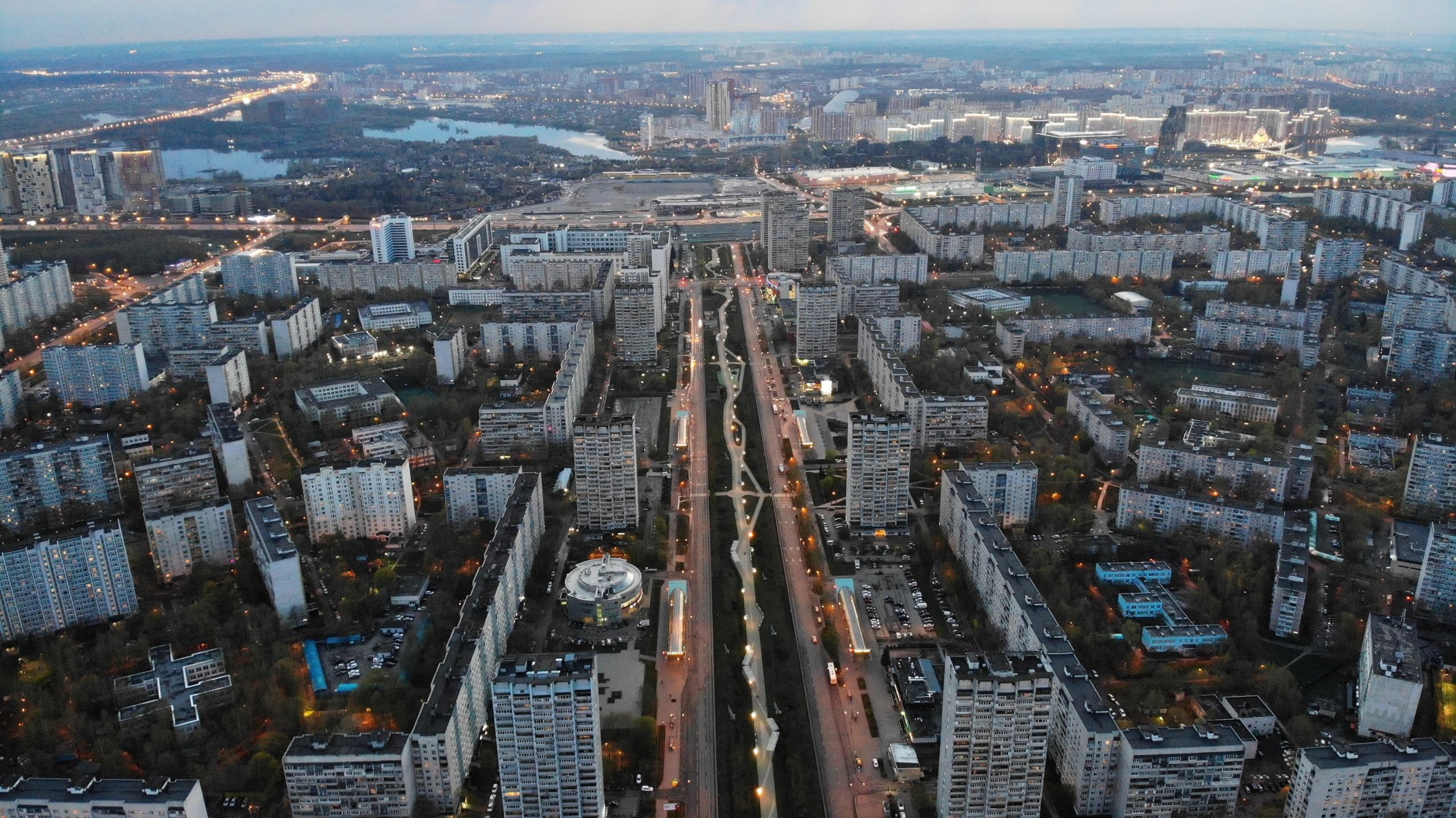Editor’s Note: This is a repost of a TechCrunch article by Christine Magee.
After the clean tech boom went bust, the industry seemed to disappear from the tech world’s focus as quickly as the billions of dollars that had been invested.
But one sector — energy efficiency — has made a quick comeback with a little help from the Internet of Things. And the same investors that got burned before are rushing back to try their hand in a new version of the old game.
Veteran Silicon Valley firm Kleiner Perkins Caufield & Byers took a particularly hard hit in the clean tech crash, when portfolio companies such as Fisker Automotive and MiaSolé went belly up and lost the firm hundreds of millions of dollars. But partner Trae Vassallo has not been deterred — instead, she’s leading a second pass at energy tech that has already spawned winners such as Nest, acquired by Google for $3.2 billion, and Opower, which went public in April of last year.
“It’s really been made possible only recently just by the incredible proliferation of mobile devices, our ability to do mesh networking intelligently, and to have a really inexpensive microchip that can do the processing,” says Vassallo, referring to her portfolio company Enlighted.
“The first wave, which in many cases didn’t work out so well, was about funding development of core physics around energy generation,” says Scott Harmon, CEO of Noesis, a lending marketplace that provides capital to energy-saving commercial building projects. This time around, however, “most of the VC money is flowing to things like financing and automation systems and digital software — things that frankly venture people know better and are more comfortable with,” Harmon says.
According to CrunchBase data, this second wave of energy tech is gaining traction in the venture community. Venture investments in Internet of Things and smart building startups have risen steadily over the past few years, accounting for nearly 40% of all clean energy rounds in 2014 compared to 20% in 2012. Connected device startups and SaaS companies like Nest and Opower are the new leaders of the venture-backed pack, seeing broad adoption with a vastly smaller burn rate than the Solyndra’s of the past decade.
In the home, Nest is a clear winner. But a winner in commercial buildings has been slower to emerge.
“If you look at who dominates technology in buildings today, it’s these old industrial companies, the Honeywells and the Siemens,” says Vassallo. “Those guys don’t know cloud, they don’t know data, it’s not like they’ve got platforms with APIs and things like that.”
It’s clear there’s a lot of money at stake here — the global building automation and controls market is going to reach $55 billion by 2020. Yet the financing challenges have been a major blocker for widespread adoption so far.
One company that might be the breakthrough in this arena of commercial buildings is Enlighted, a lighting control sensor and analytics platform that’s raised over $55 million in venture funding to date. “If you put a sensor at every single light in the building, guaranteed you can see every square inch of a building, because light shines everywhere,” says Enlighted CEO Joe Costello, “it’s a perfect symbiotic relationship.”
By 2014, after four years in business, Enlighted had signed up 121 different customers, including 50 Fortune 500 companies, and was seeing an average of 60 to 70 percent savings on lighting and energy bills.
But installing the system was expensive. “The blockage was always, ‘we cannot get the capital allocated,’” says Costello. Not surprisingly, facilities departments don’t typically get dibs when it comes to allocating the budget of a large company.
“Your average control system or lighting system might cost hundreds of thousands of dollars, and one of the big impediments to a building owner is that they don’t have that budget reserved to pay for it all at once,” says Harmon, “especially if the system isn’t worn out and the lights and the air conditioning still come on every day.”
Enlighted’s solution to this is the GEO program, which stands for Global Energy Optimization. Enlighted installs the network completely and takes responsibility for all financing and maintenance. At the end of the contract, typically a 4-10 year period, the money saved in energy bills benefits the company and Enlighted gets paid. “The thing that’s so cool about it, from the customer’s point of view, is that you don’t pay any capital, it’s not a lease, so there’s no debt or overhang,” says Costello.
The financing issue is also being tackled by Noesis, a company that’s taken a page out of the SolarCity playbook to fund the energy efficiency projects of its customers. Noesis is working with over 150 companies to provide financing for commercial energy efficiency and solar projects, ranging from commercial HVAC company Trane to private LED lighting system provider Titan LED. These companies represent about 10 million dollars weekly and $1.1 billion annually in projects that they propose.
Once facilities departments are financially able to integrate new technology into commercial spaces, startups have a major opportunity to innovate in a largely untouched sector.
The applications of these systems are only going to get more interesting. Enlighted is still figuring out how to maximize the utility of this “alien eye,” the ability to monitor movement through heat without the privacy issues that accompany a camera. They’ve got three apps in alpha and beta right now, which Costello hints are focused on space planning and facilities management.
This is just the tip of the iceberg. Imagine a world filled with connected buildings, where when an earthquake hits one building, alarms go off in buildings ten miles away to warn people before the shaking begins. And when first responders arrive on the scene, they can pull up an image with the precise location of every occupant in the building.
“What I’m excited about here is that you’re taking this notion of distributed intelligence and you’re putting it into the building in a way that turns this building into a really intelligent platform,” says Vassallo. “I think when we look back in five years, what we’re going to see are these pioneers like Enlighten in the commercial building, Nest in the home, and other people on the body or in the car that are really taking these physical things like buildings or cars and turning them into these very interesting computing platforms.”
Image via Flickr user Intel Free Press.




